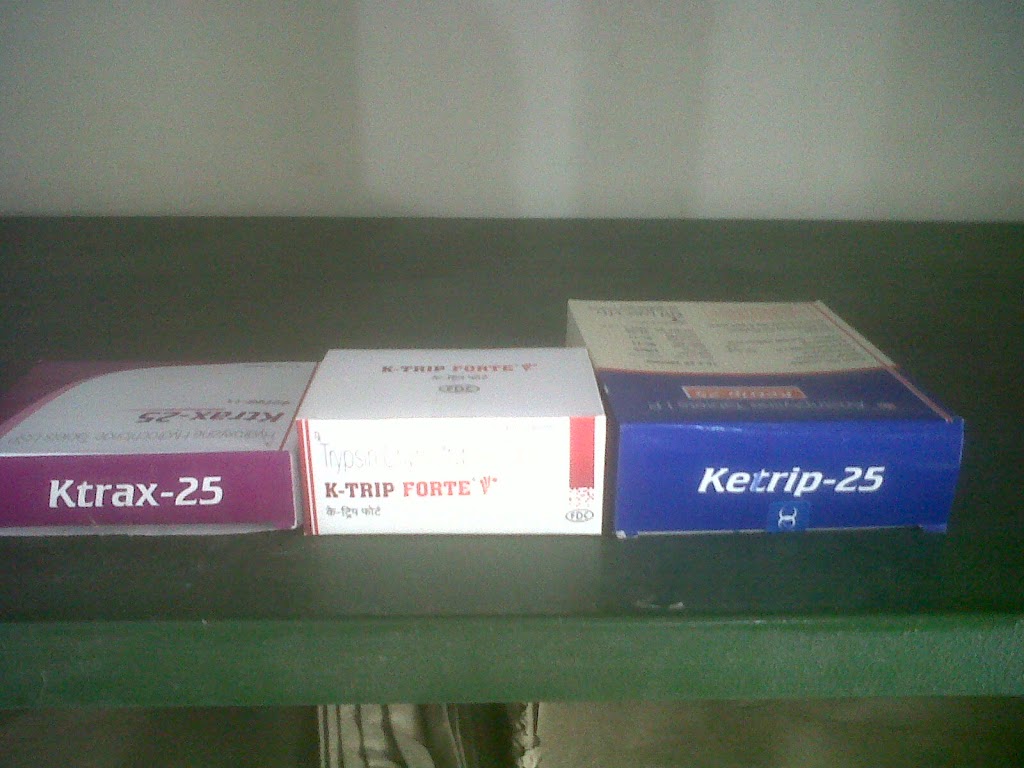Dr Sushila Nayar, former Union Health Minister, Director of the Mahatma Gandhi Institute of Medical Sciences, Sevagram and an eminent Gandhian, passed away peacefully in Sevagram.
Born in Kunjah (District Gujarat), Pakistan, she was brought up in a rural middle class family. Soon after her graduation from Lady Hardinge Medical Col- lege, her illustrious brother Pyarelal brought her to Gandhiji at Sevagram. In 1939, Dr B. C.Roy asked her to look añer Gandhiji, who had high blood pressure and needed medical attention. During her year-long stay in Sevagram, cholera broke out in the surrounding villages. Gandhiji asked her to deal with the problem considering the ‘village as the hospital and thehouses as the wards’. With no medical personnel to help or guide her, it was a challenge for the young inexperienced doctor. She did her best and passed the first test set by the Mahatma.
She obtained her MD in Medicine and came back to Sevagram in 1942, the year of the ‘Quit India’ movement. She was arrested with Kasturba Gandhi and sent to the prison in Aga Khan Palace, Pune, where she continued to look after Gandhiji’s health. In 1944, as there was no medical aid in and around Sevagram, she started a small dispensary in the Ashram premises. The dispen- sary became popular and patients started trickling in. As this disturbed the peace of the Ashram, Gandhiji asked her to shift the dispensary to the guest house. The guest house was soon con- verted to a small hospital with 15 beds. This was the Kasturba Hospital, established in 1945. Her associates took over and developed the hospital while she looked after the victims of the pre-Partition riots in Noakhali, Punjab and Kashmir.
After Gandhiji’s death, she obtained her MPH and DrPH from Johns Hopkins in 1950. Back in India, she worked for the refugees from Pakistan and started a tuberculosis sanatorium in Faridabad. As chief of The Gandhi Memorial Leprosy Foundation, she showed firm commitment to the eradication of leprosy. Dr Nayar then entered politics. She was elected to the Delhi State Assembly and was the Health Minister from 1952 to 1955, and Speaker of the Delhi Vidhan Sabha from 1955 to 1956. In 1957, she was elected to the Lok Sabha and was a member from 1957 to 1971 and again from 1977 to 1979. She served as the Union Health Minister from 1962 to 1967.
During her tenure as Health Minister, Shri Lal Bahadur Shastri suggested that she start a rural medical college, which would train and motivate doctors to work in villages. Dr Nayar took it up seriously and the Kasturba Hospital at Sevagram, which she had started and nurtured, became the nucleus of the new institution. Thus was born the Mahatma Gandhi Institute of Medical Sciences in 1969—the Gandhian centenary year. Dr Sushila Nayar ex- pected the students and faculty of the institute to follow a unique code of conduct. While the students liked the concept of an orientation camp—spending a fortnight in Gandhiji’s Ashram in Sevagram—and welcomed the weekly visits to their adopted vil- lages, they were not comfortable with what they considered Dr Nayar’s idiosyncrasies. They sneered at her obsession with khadi, gave short shrift to shramdan, and failed to understand the rele- vance of evening prayers. However, DrNayarremainedunfazed and stuck resolutely to her code. Several years later, when she noted, rather painfully, that graduates from her institute neglected rural health, she asked them to serve in villages for two years to qualify for a post graduation from their alma mater. Few doctors in medical history strove as hard as Dr Sushila Nayar did to ensure that there was not the slightest gap between their beliefs and actions.
Dr Sushila Nayar was a social reformer who considered alco- holism an abominable evil. For over three decades, she was the chairperson of the Prohibition Committee. Prohibition was her passion: she worked with a missionary zeal against alcohol dependence. Kasturba National Memorial Trust, Gandhiji’s brain- child, aimed at the upliftment of women. Dr Nayar was fully involved in its work, and was its chairperson until a few months before her death. Community health interested her, as did eradica- tion of illiteracy, particularly among women. A staunch vegetar- ian, she forbade the cooking and eating of meat in the institute.
Dr Sushila Nayar was a gifted writer and a voracious reader. Her book, The story of Bapu’s imprisonment, gives a succinct account of the life of Mahatma Gandhi. She completed several volumes of the unfinished biography of Mahatma Gandhi by Pyarelal, her brother. Few could match her oratorical skills. Her natural charm and wit coupled with a radiant smile and majestic voice used to enthral audiences. Though a stickler for discipline, she was a lovable and affectionate person. Her vibrant dynamism evoked awe and exuberance. It induced a lasting respect in the minds of those who had the good fortune of sharing her company. In 1995, she suffered a myocardial infarction. Later, congestive heart failure and osteoarthritis severely handicapped her. Given these problems, few would have continued to work towards the development of the institute. Dr Sushila Nayar, however, was made of tougher stuff. Her spirit defied age and illness. Nurtured by serene spiritual sustenance and an abiding faith in the Al- mighty, she kept thinking of and implementing innovative ideas at the institute. At the age of 86, she became the Chancellor of the Gujarat Vidyapeeth and made sure that the problems paralysing the institution were sorted out.
Dr Sushila Nayar was deeply influenced by Gandhiji’s teach- ings. She was always conscious of what Gandhiji regarded as the Seven Deadly Sins:
’Commerce without ethics ;
Pleasure without conscience ;
Politics without principle ;
Knowledge without character ;
Science without humanity ;
Wealth without work,
Worship without sacrifices.’
Dr Sushila Nayar received numerous honours and awards. She was a unique personality with several accolades to her credit. Her death is a great loss to the medical and social fields.
